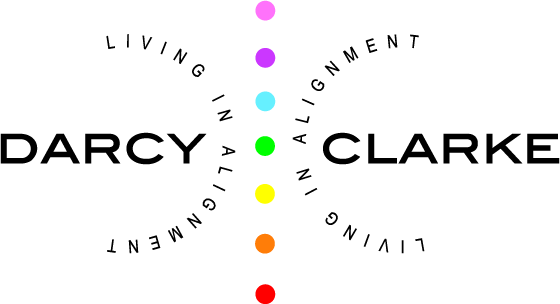How to Recover from Addiction and Make It Last
Are you someone who has sobriety without recovery?
Many people who have sobriety are ‘white knuckling it’ so to speak which is the result of not identifying and sufficiently addressing the “underlying causes” that are keeping dependence in the driver’s seat.
From the Living in Alignment perspective abuse, addiction, and/ or relapse are not the problems, but symptoms of underlying causes.
These underlying causes are placed into four categories:
1- Having a chemical imbalance in the brain. Many people who have addictions have one or more co-occurring disorders, such as a mood disorder, anxiety disorder, ADD, etc. Many people who have addictions are attempting to self-medicate a pre-existing mental condition with a mood altering substance and/ or process (i.e., behavior).
2- Having unresolved issues from the past and or present. Many people who have addictions have unfinished business with their past and/ or in their current lives, be it
with themselves, and/ or other people involving experiences, events, choices, decisions, etc.
3- Having a limited or faulty personal life philosophy. This consist of beliefs, perceptions, expectations, attitudes (i.e., cognitions) about themselves, addictions, other people, Source energy, life, etc. that are getting in the way or preventing them from living up to their full potential, manifesting satisfying and nurturing relationships, and experiencing fulfillment, etc.
4- Having ineffective relational and other skills to live life on its terms. This may include having low self-esteem; a lack of or no functional boundaries (w/ self or with others); not being able to manage their emotional, mental, physical, spiritual, or behavioral realities; not being able to manage stressors; not knowing what their needs and wants are or how to get them met; not being able to live in moderation or create balance in their lives. Also, many people in recovery are not living their lives authentically.
Usually people with addictions have a combination of underlying causes that are keeping dependence in the driver’s seat. The strategy that the Living in Alignment approach uses to ensure sustainable recovery is to:
identify the underlying causes
sufficiently address the underlying causes, and
assist people to integrate the insights, gifts, and lessons gained from processing this information and creating new behaviors
To determine if there is a chemical imbalance a comprehensive psychiatric evaluation along with a medical examination and a complete blood panel is conducted to determine if there is a condition(s) present and whether or not the cause is biological and/ or medical. This can be a tricky process, for addictions and physical conditions can induce or mimic mental conditions. Also, stressors and trauma can cause mental conditions and/ or make existing conditions worse.
With unresolved issues, the protocol is to assist a person to examine experiences and/ or events that have or are currently taking place in their lives that are producing chronic stress ( such as: divorce, illness, financial hardships, toxic relationships, parenting, etc.) and help people understand how their unresolved issues/ stressors are impacting their overall functioning and well being, fostering victim consciousness and manifesting as addictions.
As it pertains to one’s personal life philosophy, the Living in Alignment approach recognizes the necessity of identifying limiting and/ or faulty beliefs, perceptions, expectations, and attitudes to understand how these are impacting the person’s life. Believe it or not, like it or not, the fact of the matter is that your ways of thinking and being with yourself, others, and living your life are co-creating your reality. The good news is that you can modify and or replace limiting and/ or faulty beliefs, perceptions, and the like.
As it pertains to life skills, you can learn skills that foster self-empowerment, live in mutually satisfying ways with people and effectively deal with life on its terms. The Living in Alignment approach customizes treatment to the needs and concerns of the individual. These skills include developing healthy self-esteem; developing functional boundaries with your own mind and with other people; becoming emotionally present with yourself and with others; accessing needs and wants; finding balance and other healthy lifestyle practices.
The Living in Alignment approach uses a whole person strategy to effectively address the challenges in all stages of the recovery process.
To learn more about the Living in Alignment approach to attaining sustainable recovery, please check out my book titled “Saying YES! to you and your life; Thriving in Recovery” here.
